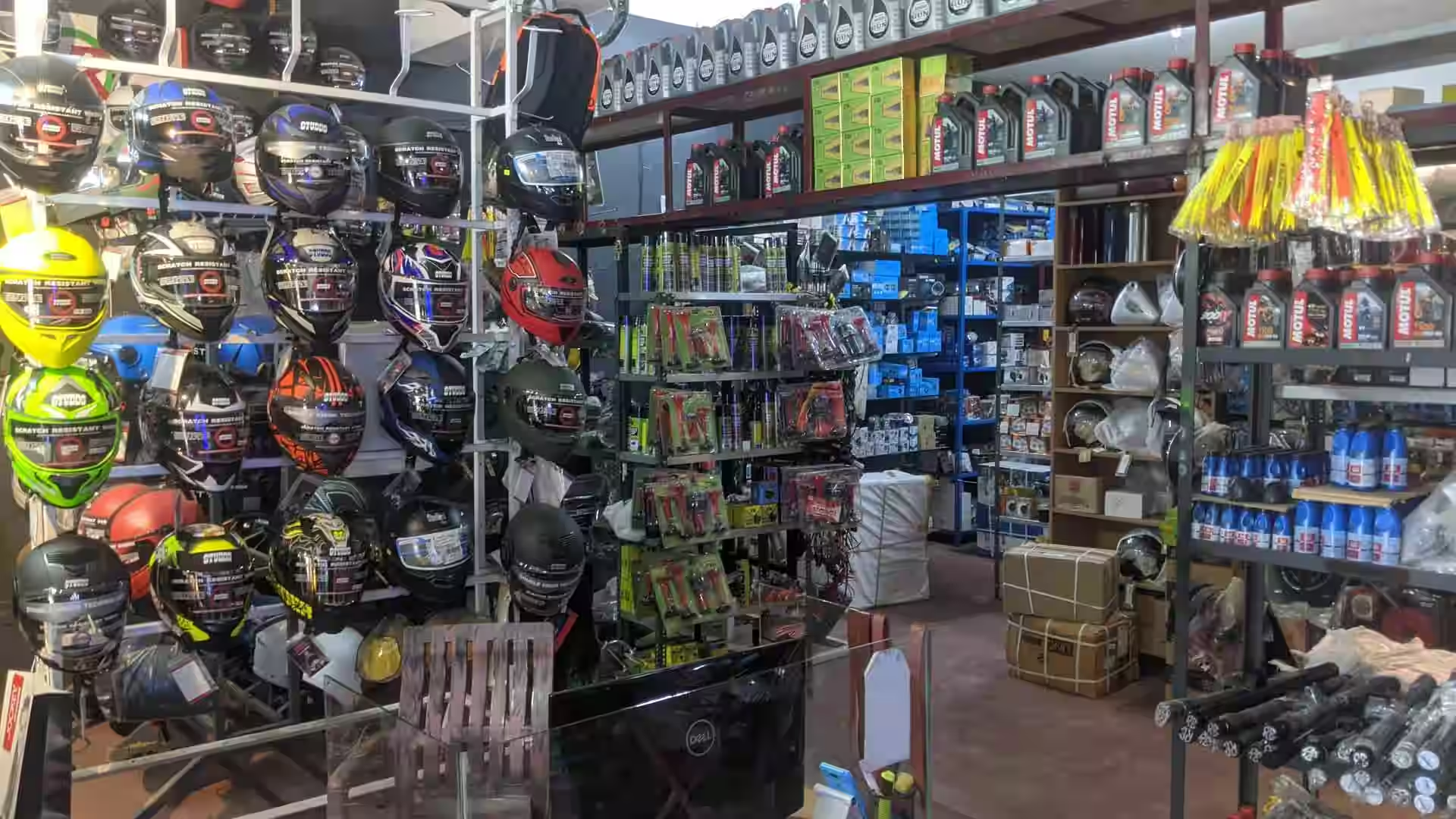See Our Motorcycle Shop for Specialist Recommendations and High Quality Products
See Our Motorcycle Shop for Specialist Recommendations and High Quality Products
Blog Article
Understanding Motorbike Gears: Exactly How to Enhance Your Riding Experience
In the realm of motorcycling, mastering the art of gear manipulation is essential for enhancing your riding performance. Appropriately recognizing and making use of bike gears can significantly affect control, fuel, and acceleration performance, changing an average ride right into a seamless, electrifying trip. By incorporating specific change timing and adapting equipment selection to numerous road conditions, riders can make certain ideal engine performance and security. The nuances of clutch control, throttle control, and gear technicians bid a deeper expedition, promising to open the full possibility of your machine. Just how can these techniques be utilized to truly enhance your riding experience?
Comprehending Equipment Mechanics
At the core of motorcycle dynamics, gear technicians play an essential function in converting engine power right into activity, eventually dictating speed and control. The equipment proportions, thoroughly developed, determine the partnership between engine revolutions and wheel turns, influencing velocity and gas performance.
Comprehending equipment mechanics starts with recognizing the relevance of the gearbox, which houses several equipments of varying dimensions. These gears engage via a process recognized as meshing, where teeth of different gears involve to send power.
Additionally, the principle of gear moving is integral to making best use of performance. Prompt and smooth shifts guarantee that the engine runs within its optimum power band, avoiding unneeded strain and improving long life (mx parts nz). By understanding these mechanical details, riders can achieve a harmonious mix of efficiency, power, and control, raising their riding experience
Timing Your Changes
Change timing proficiency is crucial for optimizing bike performance and improving the riding experience. Properly timed changes make certain that the engine operates within its optimal power band, which is vital for maintaining control, accomplishing smooth velocity, and ensuring the longevity of the bike. Riders should develop an intuitive sense of when to shift equipments, which entails recognizing the connection between engine transformations per minute (RPM) and speed.
To master shift timing, pay very close attention to the engine's sound and feel, as these offer important clues concerning when to transform equipments. The excellent change factor normally happens when the engine approaches the top array of its power band without reaching the redline. Moving prematurely can bring about an absence of power, while shifting far too late might cause unneeded engine strain
Furthermore, roadway conditions and riding design impact shift timing. In contrast, throughout freeway riding, fewer shifts at greater rates can be much more ideal.
Enhancing Fuel Effectiveness
While understanding motorcycle gears is crucial for performance, improving gas efficiency is similarly vital for both economic and environmental factors. Optimum gas consumption not only lowers operational retro motorcycle clothing costs yet additionally lessens the eco-friendly footprint of riding. To accomplish this, one need to understand the intricate connection between equipment option and engine efficiency.
Riding in a higher gear at reduced rates can lead to engine carrying, which is destructive to both gas economic climate and engine health and wellness. Conversely, riding in lower equipments at high rates results in unnecessary fuel intake.
In addition, routine maintenance plays a pivotal duty in gas effectiveness. Making sure that the motorbike is well-tuned, with clean air filters and effectively pumped up tires, can reduce and boost aerodynamics gas wastefulness. Moreover, adopting a riding design that accepts gradual velocity and smooth deceleration can contribute to much better fuel economic situation.

Methods for Smooth Transitions
Achieving smooth equipment transitions is basic to enhancing the riding experience and making certain the longevity of a bike's transmission system. Proper equipment shifting not only adds to a seamless adventure but additionally minimizes deterioration on the mechanical components. To grasp the art of smooth changes, bikers need to concentrate on a few crucial techniques.

Second of all, clutch control plays a pivotal function. Engaging and disengaging the clutch efficiently calls for technique. The clutch bar should be released gradually, enabling a seamless transfer of power from the engine to the wheels without triggering a shock or sudden activity.

Adjusting to Roadway Problems
Navigating diverse road problems is a critical ability for any kind of motorcyclist intending to preserve control and safety. Whether you're riding on wet surface areas, crushed rock roads, or navigating doglegs, your capacity to adapt your gear usage and riding strategy is extremely important. Comprehending exactly how to adjust your equipments suitably can considerably impact grip and stability, guaranteeing a safer journey.
In comparison, when riding on gravel or irregular terrain, reduced gears are better. Lower equipments offer far better control and enable you to react more promptly to unexpected modifications in the road surface.
Sharp contours demand specific gear monitoring to balance rate and control. Downshifting prior to entering a contour can help preserve energy while ensuring the motorbike continues to be stable throughout the turn. Constant technique in varied problems improves your ability to forecast and respond to changes in road structure and slope.
Conclusion
Understanding bike equipments dramatically enhances the useful content riding experience by enhancing fuel, control, and velocity effectiveness. Adapting gear selection to numerous roadway conditions, such as utilizing higher equipments on damp surfaces and lower equipments on crushed rock, additional improves handling and safety.
Comprehending gear mechanics begins with recognizing the significance of the transmission, which houses several gears of differing dimensions. These gears interact via a process known as meshing, where teeth of various equipments engage to send power (motocross gear). Gentle adjustments to the throttle during gear shifts can avoid jerky movements and preserve a constant riding speed
Whether you're riding on damp surface areas, crushed rock roads, or browsing sharp turns, your capability to adapt your equipment usage and riding strategy is vital. Adapting equipment selection to different road problems, such as using greater gears on wet surface areas and lower equipments on gravel, more improves handling and safety.
Report this page